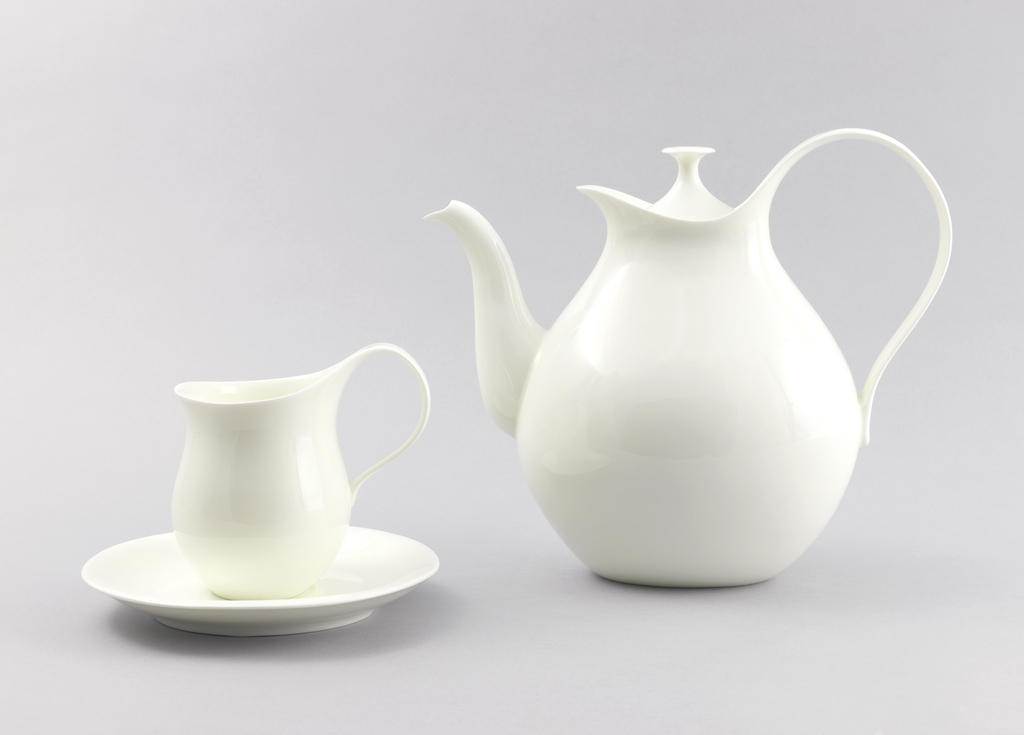Eva Zeisel was an industrial designer, ceramic artist, writer, and force of nature. During her extraordinary career, which spanned nine decades, she produced highly recognizable domestic items that changed the way Americans set their tables and furnished their homes. Zeisel was widely regarded as a master of modern design, creating objects that were beautiful as...
Eva Zeisel was 105 years old when she died on December 30, 2011. She was born in Budapest, Hungary, in 1906 and entered the Hungarian Royal Academy of Fine Arts as a painter in 1923, but soon decided that she wanted to become a “maker of useful things.” She apprenticed herself to a pottery master...
Yesterday I attended the kick-off event for Pioneers of Change, a festival of modern Dutch design, fashion, and architecture that is currently underway on Governor’s Island. Presented to celebrate the 400-year history of Dutch-American friendship, Pioneers of Change features installations by a number of leading Dutch designers in eleven former Officers’ houses at Nolan Park...
On April 19, Robin Petravic and Catherine Bailey spoke here at Cooper-Hewitt, National Design Museum about their work as owners of the legendary California pottery maker Heath, founded by Edith Heath in the mid-1940s. Their presentation had everyone thinking about the role of craft in manufacturing. They explain, “We believe that the craft of manufacturing...



